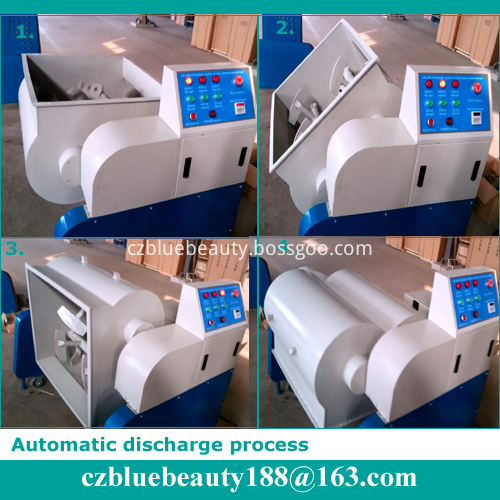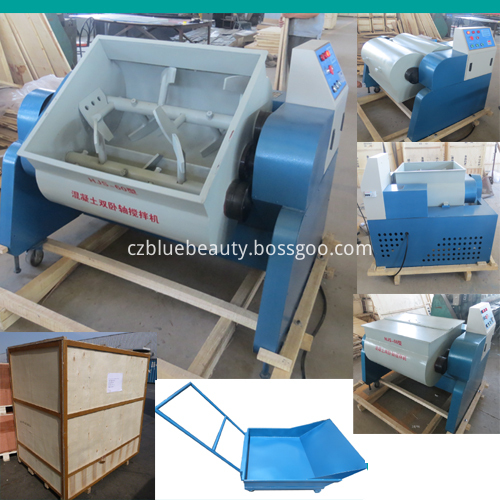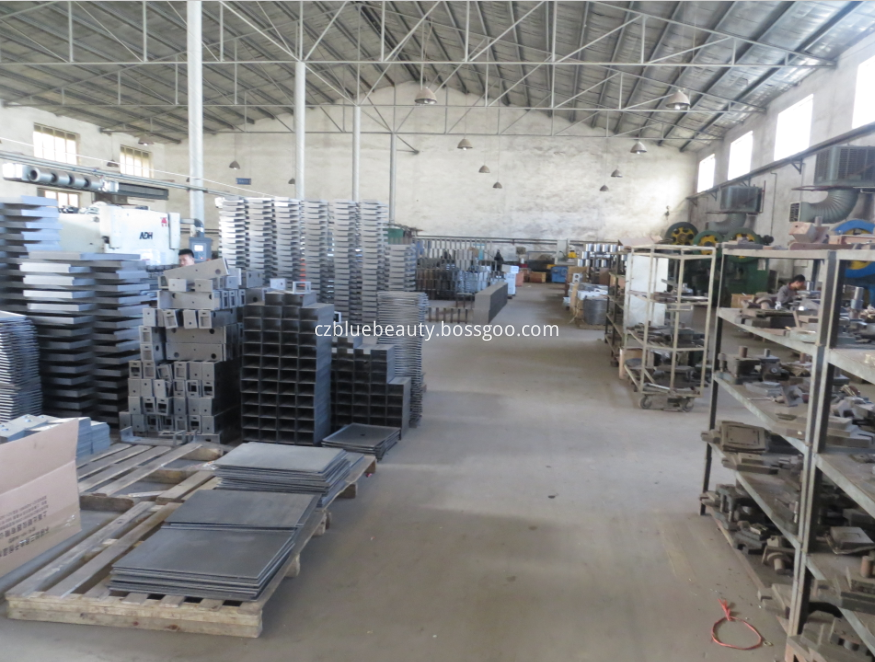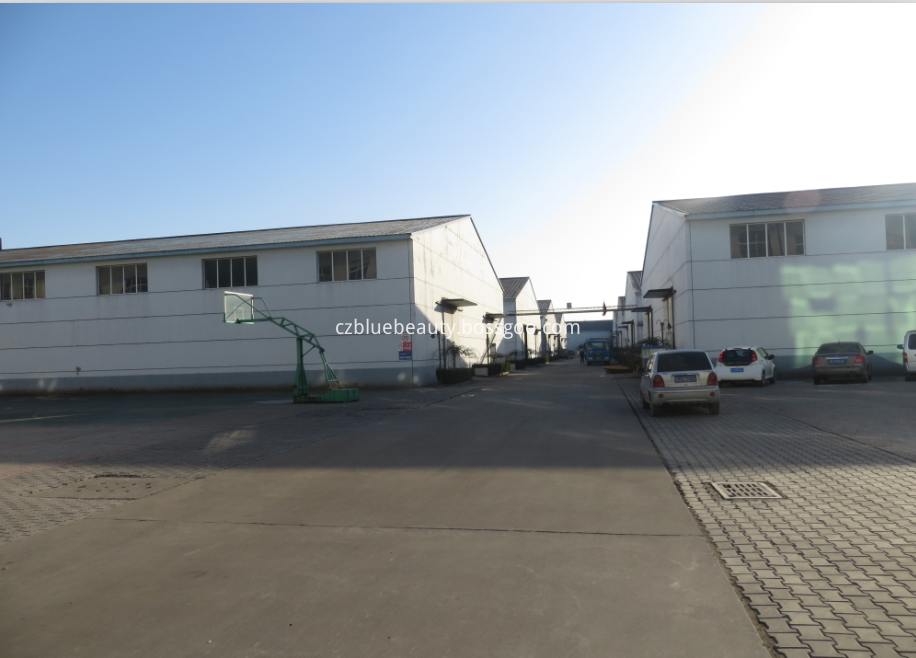Peony is a famous wooden flower in China. It ranks among the top ten famous flowers in China. It has been given a beautiful symbol of “rich, auspicious, and prosperous†for thousands of years. Peony breeding can be used for sowing, ramets, grafting and other methods, of which the ramets method is the most simple and easy. Practice has proved that in order to make Peony flourish and bloom year after year, it is necessary to master the technical points of its ramets cultivation.
The cultivar of the ramets is a bush-like shrub that is suitable for ramets, but the ramets cannot be premature or too late. If the ramets are too early (before mid-September), due to the high temperature, the top buds will easily cause germination and consume nutrients, affecting the growth and flowering of the following year. If the ramets in the spring, due to warming weather, peony germination quickly, need to consume a lot of water and nutrients, but after the ramets roots have not yet healed, water and fertilizer supply, not only cause the year can not be flowering, but also lead to growth weakness, affect Flowering in the coming year. If the ramets are too late (after winter), the wounds in the roots are difficult to heal due to the low temperature, and new roots cannot be established in the year. The second year of spring will require large amounts of water and nutrients for budding and flowering. At this time, the roots have not yet taken root or rarely take root. Due to the lack of supply of water and fertilizer, plant wilting died. Practice has proved that the best time for peony ramets is from late September to mid-October. During this time, the wounds of the peony roots that are planted are easy to heal, and part of the new roots can grow quickly, which is very beneficial to the flowering in the coming year. And rejuvenation.
When cultivating technical ramets per plant, select strong and healthy four-and-five-year-old plants as mother plants. Dig out the entire plant from the soil and try to keep the roots intact. If any roots are detached, roots are shredded, or black roots are poorly grown, apply them. Lee cut and cut; the peony seedlings dug out gently shake off the roots on the root, dry in the cool place for two or three days. After the roots are air-dried and slightly softened, select the site where the plants can be easily divided. Open them by hand or use a knife to split them into several clusters. Each plant bundle should have three or four shoots and two or three root systems. Apply charcoal to the wounds. The powder is preserved and then planted.
Regardless of whether they are planted or potted, they must select well-drained and more fertile sandy loam, and can use rot-leaf, buckwheat, and Xihesha, and use it after spraying and disinfecting; In the pit or pot, evenly add the prepared culture soil; when adding soil to the depth of the pit or 1/3 of the pot depth, the plants can be lifted by two or three centimeters to allow the roots to stretch freely, so that the culture soil penetrates into the rhizosphere Close to earth. The planting depth should be the same as the original planting depth, and the root surface should be exposed on the soil surface. It should not be too deep or too shallow. Planting is too deep, the plants often grow poorly, the leaves are yellow, and the roots are perishable; the planting is too shallow. , the root neck exposed, affecting the hair roots and sprouts, but also resistant to drought and cold. Peel the cultivated peony in time to ensure that the rooting water is poured so that the roots are in full contact with the cultivated soil.
In winter cold regions of northern China, the peony after field planting should be protected against cold. Roots and necks can be buried or grass can be used to prevent the cold. The newly planted peony should not be fertilized, and it can be fertilized after gradually rejuvenating. Otherwise, it would be contrary to wishes, which could easily lead to wilting and death of peony.
Lab Concrete Mixer is new type experimental concrete mixer designed and manufactured according to the JG244-2009 standards of the main technical parameters promulgated by the ministry of housing construction.It can mix the gravel, sand, cement and water mixture stipulated in the standards to form homogeneous concrete material for testing use, for the determination of cement standard consistency, setting time and production cement stability test block;It is the indispensable equipment in cement production enterprises, construction enterprises, colleges and universities, scientific research units and quality supervision departments laboratory;Can also be applied to other granular materials under 40 mm mixing use.
Main technical and performance parameters:
9. Distance between blades and inner chamber: 1mm
10. Structure: double horizontal shafts
Lab cement mixer:
Factory photos:
1, mixing blade operating radius: 204mm;
2, stirring blade speed: outward 55 ± 1r / min;
3, stirring the rated capacity: (output) 60L;
4, stirring motor voltage / power: 380V / 3000W;
5, the frequency: 50HZ ± 0.5HZ;
6, discharge motor voltage / power: 380V / 750W;
7, stirring the largest aggregate size: 40mm;
8, mixing capacity: under normal use conditions, within 60 seconds the amount of concrete mixture will stir into a homogeneous concrete.







Lab Mixer,Lab Concrete Mixer,Magnetic Stirrer ,Lab Stirrer
Cangzhou Blue Beauty Lab Instrument Co., Ltd. , https://www.czlabinstrument.com